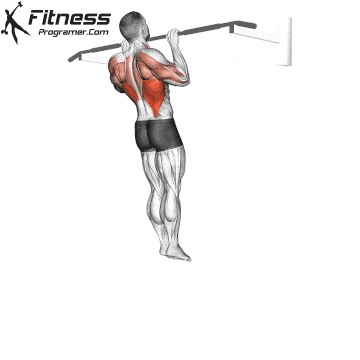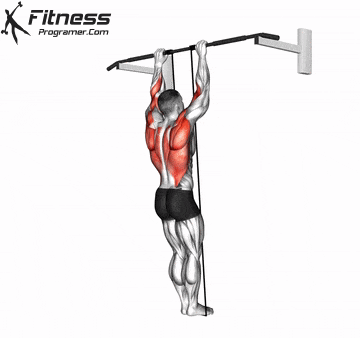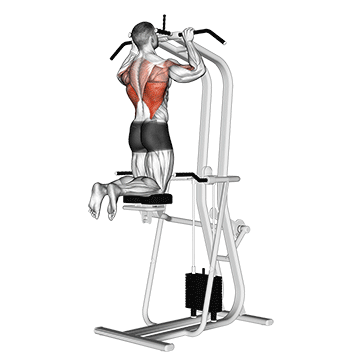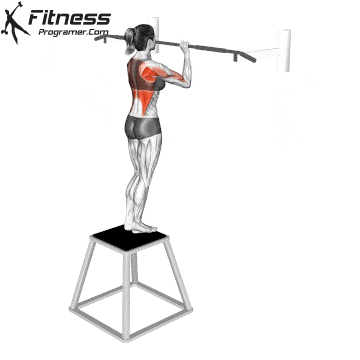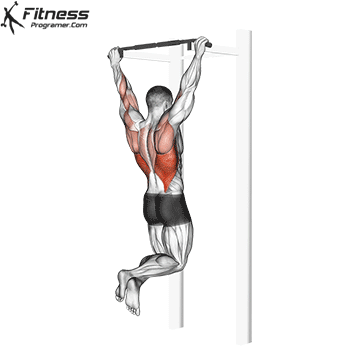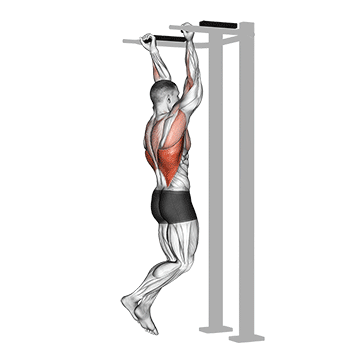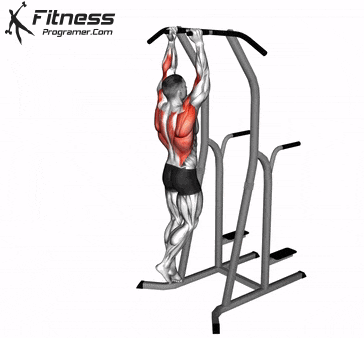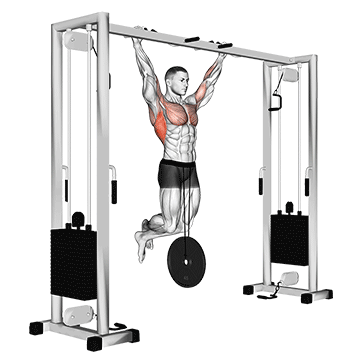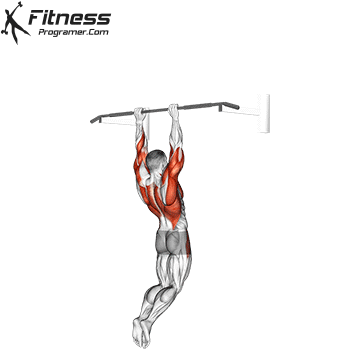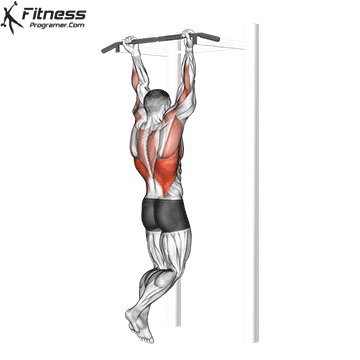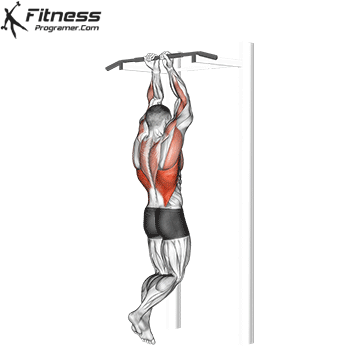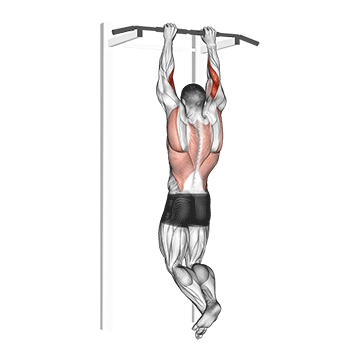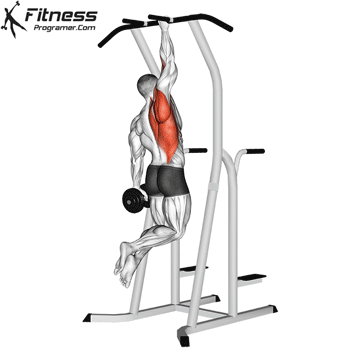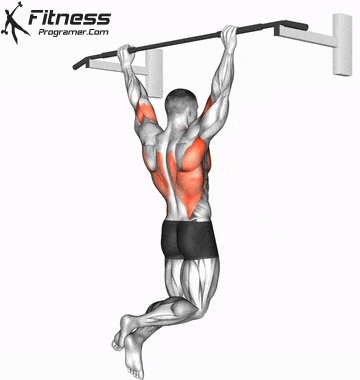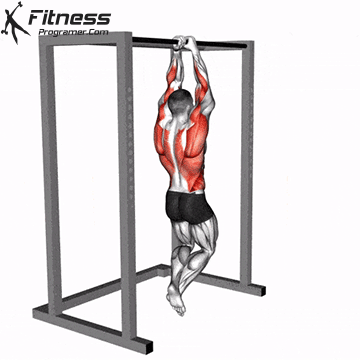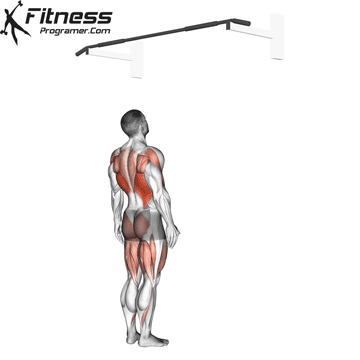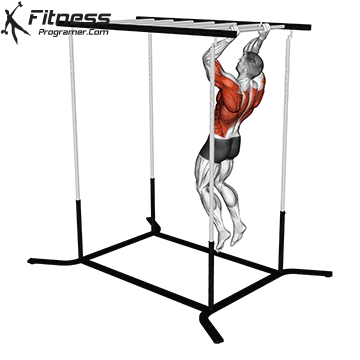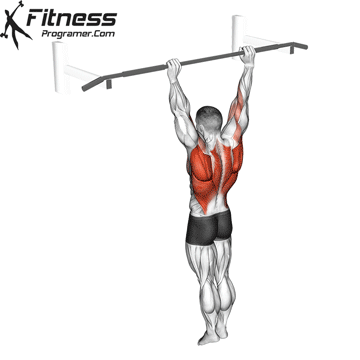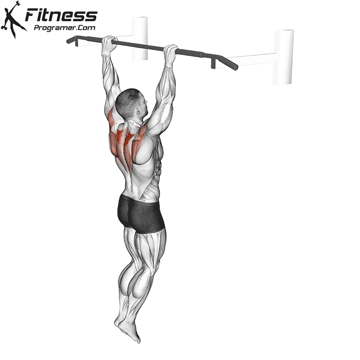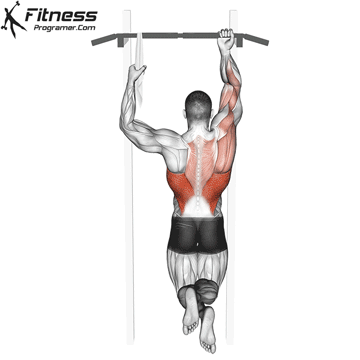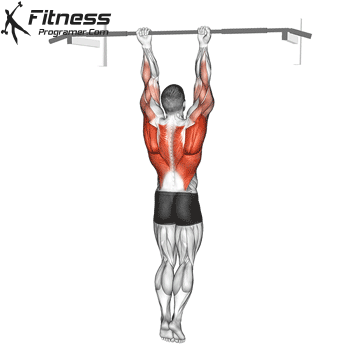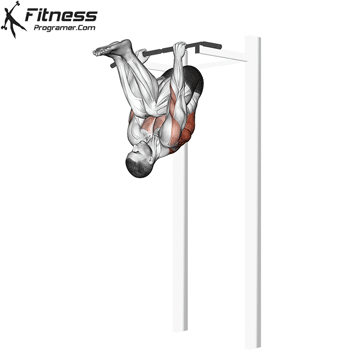Overview
The dead hang is a foundational bodyweight exercise where you simply hang from a bar with your arms fully extended. Though simple in appearance, it delivers major benefits for grip endurance, shoulder mobility, core activation, and spinal decompression. It’s ideal for beginners, climbers, lifters, and anyone looking to improve joint health or posture.
How to do Perform Dead Hang
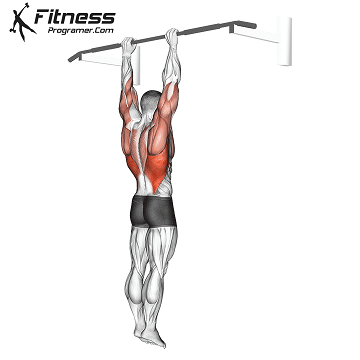
Grip a pull-up bar with hands shoulder-width apart, palms facing away or toward you.
Hang freely with your arms fully extended and feet off the ground.
Engage your shoulders slightly (avoid complete shoulder shrugging).
Keep the core tight and legs straight or slightly bent.
Hold this position for 20–60 seconds or as long as possible with good form.
Tips for Proper Form
Grip the bar firmly using your fingers and thumb for full activation.
Do not completely relax the shoulders; keep them slightly engaged to protect the joint.
Keep your neck in neutral alignment and avoid craning upward.
Engage your core to maintain body control and avoid swaying.
Breathe normally and avoid holding your breath.
Common Mistakes
Letting the shoulders collapse, which places excessive stress on the joint.
Holding your breath, which increases tension and fatigue.
Swinging the legs or body, reducing control and effectiveness.
Over-gripping, which leads to early fatigue in the forearms.
Stopping too early, before building meaningful time under tension.
Benefits of the Dead Hang
Builds Grip Strength: Improves forearm and hand endurance, essential for lifting, climbing, and calisthenics.
Enhances Shoulder Mobility and Health: Helps open the shoulder joint and strengthen passive stabilizers.
Improves Posture: Promotes spinal decompression and reduces forward shoulder rounding.
Relieves Spinal Compression: The hanging position gently elongates the spine and reduces lower back pressure.
Aids in Pull-Up Progression: Builds the foundational grip and shoulder endurance required for pull-ups.
Boosts Core Engagement: Requires bracing the core to stay stable and aligned during the hold.
Improves Joint Awareness: Helps develop better control and proprioception in the upper body.
How to Incorporate Into Your Routine
- For Beginners: Start with 2–3 sets of 20–30 second holds using a box for support if needed.
- For Strength: Use weighted hangs for 10–20 seconds to build maximum grip endurance.
- For Functional Training: Pair with scapular pull-ups and overhead presses to strengthen overhead control.
- For Circuit Training: Include as a hold station in bodyweight or climbing circuits.
- For General Fitness: Use daily as part of your mobility or posture routine.
- For Injury Prevention: Helps improve shoulder integrity and spinal alignment when performed consistently.
Dead Hang Muscles Worked
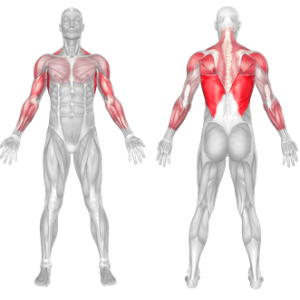
Dead Hang Variations
Frequently Asked Questions
Is the dead hang good for my back?
Yes, it can help decompress the spine and improve posture when done regularly.
Can it help with shoulder pain?
Yes, if performed with proper shoulder engagement. Avoid if pain worsens during the hang.
How often should I do dead hangs?
2–5 times per week depending on your goals and recovery ability.
What if I can’t hang for long?
Start with shorter intervals and build up over time, or use support for partial hangs.
Does it improve pull-up strength?
Absolutely. It improves grip endurance and shoulder stability essential for pull-ups.

